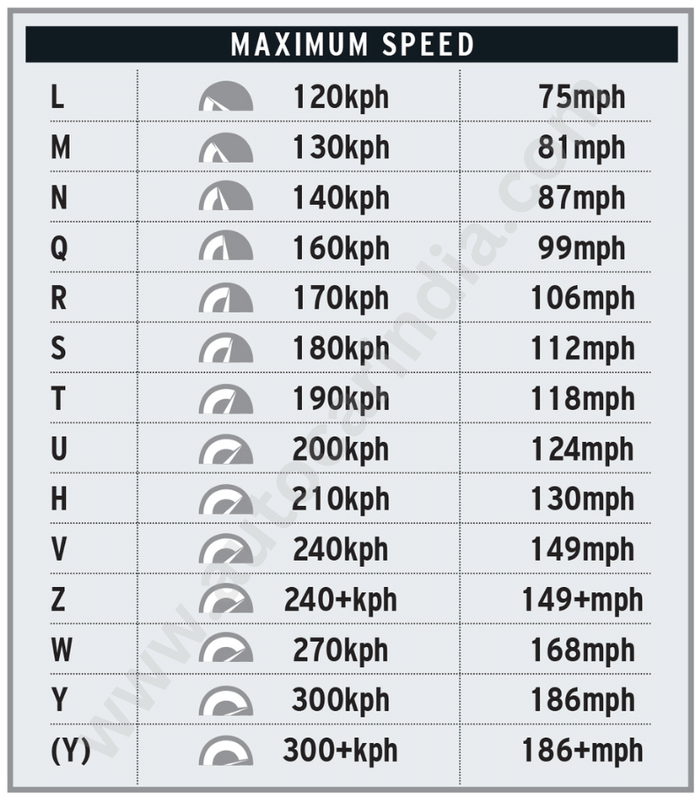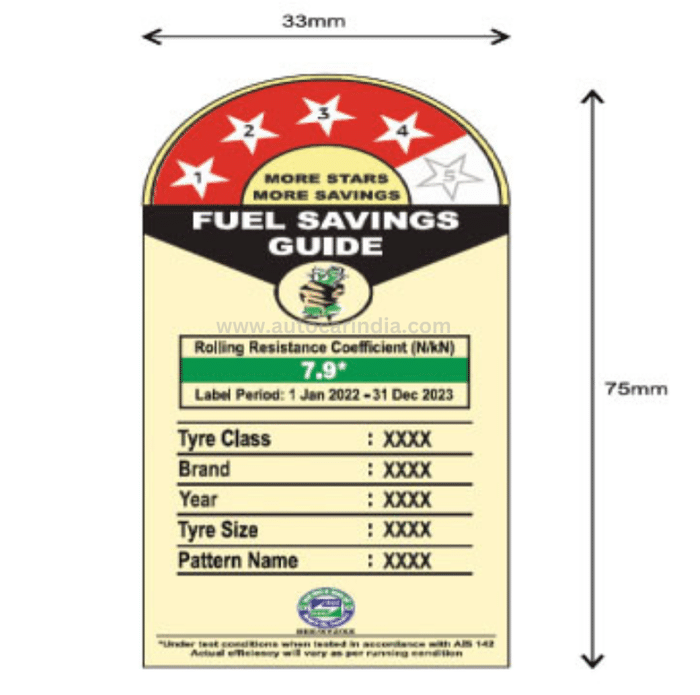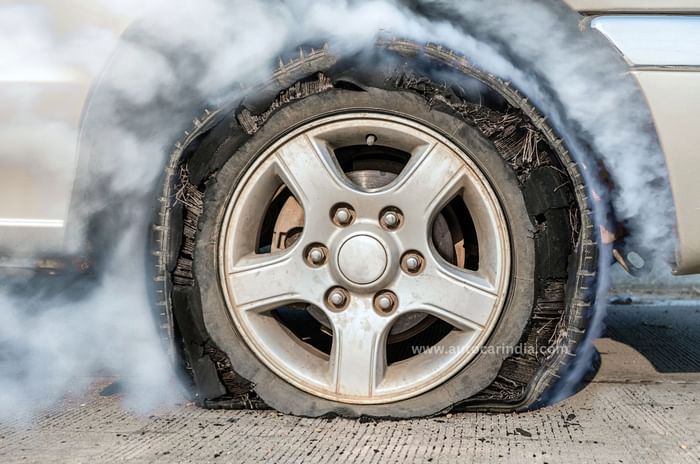How to choose the best tyres for highway drives
With India’s highway network expanding rapidly, we help you with tyre tips for long drives.
Published On Jun 30, 2024 09:00:00 AM
26,383 Views
Follow us onWhile a tyre’s H/T inscription stands for Highway Terrain, it indicates a tyre that is suited for all types of roads (cities too and not just highways). But with India’s expanding highway network and high-speed roads under development, we take a look at how you select a tyre with highway driving in mind.
Match the speed

The first aspect to consider is speed. All tyres carry a speed rating linked to a load index, which is indicated on the tyre. The speed rating is the maximum speed at which the tyre can carry its maximum load (load index), and in almost every case, the speed rating would be above highway speed limits. Thus, if you simply stick to your vehicle manufacturer’s recommended speed and load ratings, you will be fine. You can opt for a tyre with a higher speed rating, but this will not necessarily increase handling, ride comfort, or other parameters. However, make sure you do not go below the recommended rating unless you opt for winter tyres; they’re designed for driving in slippery conditions, and hence, have a lower speed rating.
.png?w=700&c=0)
The speed ratings are indicated by a letter that corresponds to a speed limit indicated in the first table on the right. The load index is expressed as a number corresponding to the maximum load in kg, as shown in the next table. Typically, you will see the load and speed rating at the end of the tyre size stamping. For instance, in 235/60-R18 103H, 103 indicates an 875kg weight limit and H indicates a maximum speed of 210kph.
Quieten the decibels
Tyre noise, or road roar, as it is also referred to, can be quite audible. And on highways, with sustained high speeds, this can be an irritant. While a lot depends on the surface being driven over, the type of tyre also plays a big part in the decibels produced. Europe recently mandated that tyres carry a noise rating, but India does not have such a rule. Generally speaking, though, tyres with large, block-like patterns tend to generate more noise. So stay away from them if low noise is something you are looking for.
Additionally, look for brands that market tyres specifically as quieter-running. While some brands simply state that a particular tyre’s grooves are designed to be silent, others claim they have sound-cancelling materials to reduce decibel levels. In the absence of any government laboratory certification, it’s hard to say which tyre would be quietest. But in any case, there are quite a few tyres available from different manufacturers, so your choices won’t be severely constrained.
Look for the stars
 Lower resistance equals a higher star rating.
Lower resistance equals a higher star rating.Highway driving means greater distances, where fuel efficiency can be a potential concern. If this is the case for you, there are tyres that can help. In 2022, the Bureau of Energy Efficiency launched a star labelling programme for tyres, similar to the ratings you see for an AC or a refrigerator. The number rating indicates the tyre’s rolling resistance, and thus, its fuel-efficiency potential. The higher the rolling resistance, the lower the efficiency and the star rating. Unfortunately, the star rating scheme is voluntary for now, so not all tyres carry this rating.
Don't lower the pressure
Tyre blowouts are becoming more common as highways increase. Unfortunately, there is a very dangerous misconception doing the rounds that blowouts are due to excessive tyre pressure. It has led to owners lowering the pressure when heading out on the highway. That is not only dangerous but could also lead to a blowout.
 Lowering air pressure can lead to tyre blowout.
Lowering air pressure can lead to tyre blowout.Blowouts result from a combination of factors: a tyre’s condition, heat and air pressure. A worn-down tyre or an old one with brittle and weak rubber is prone to blowout, and ambient heat and underinflating these tyres exacerbate the condition.
In an underinflated tyre, the sidewalls end up flexing more over bumps and varying road conditions as the air inside is not enough to support the sidewalls. It causes the belts that make up a tyre to chaff against each other, resulting in heat buildup. Excessive flexing also means the air inside is being pumped repeatedly, which also raises the temperature. Furthermore, the increased contact patch—a result of low pressure—adds heat due to higher friction. Thus, one must always stick to the manufacturer’s recommended pressure; remember that this must be set with cold tyres—towards the start of a drive and not after you have been on the road for a long time.
Also see:
Copyright (c) Autocar India. All rights reserved.




Comments
Member Login
Personal Details
No comments yet. Be the first to comment.